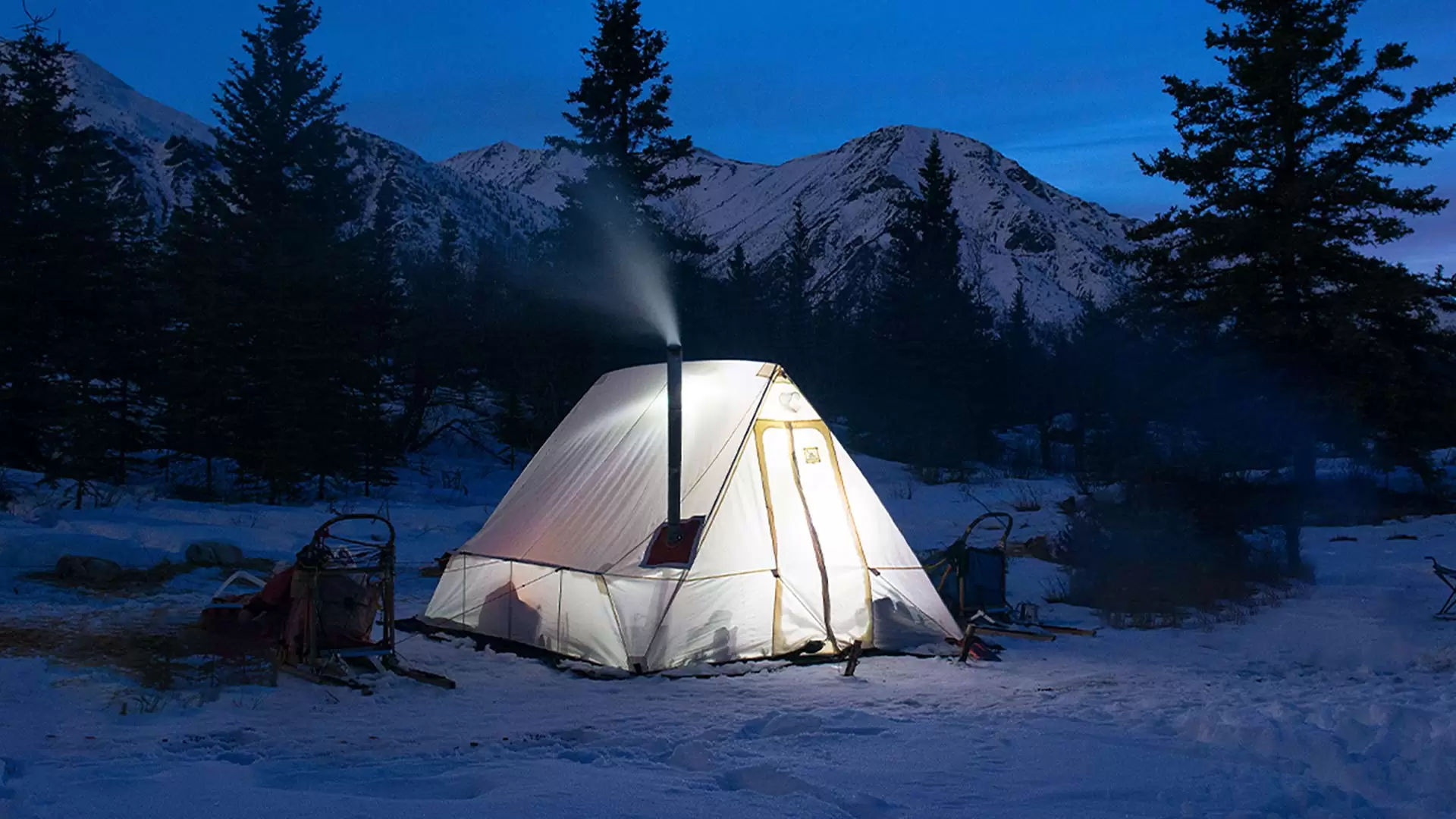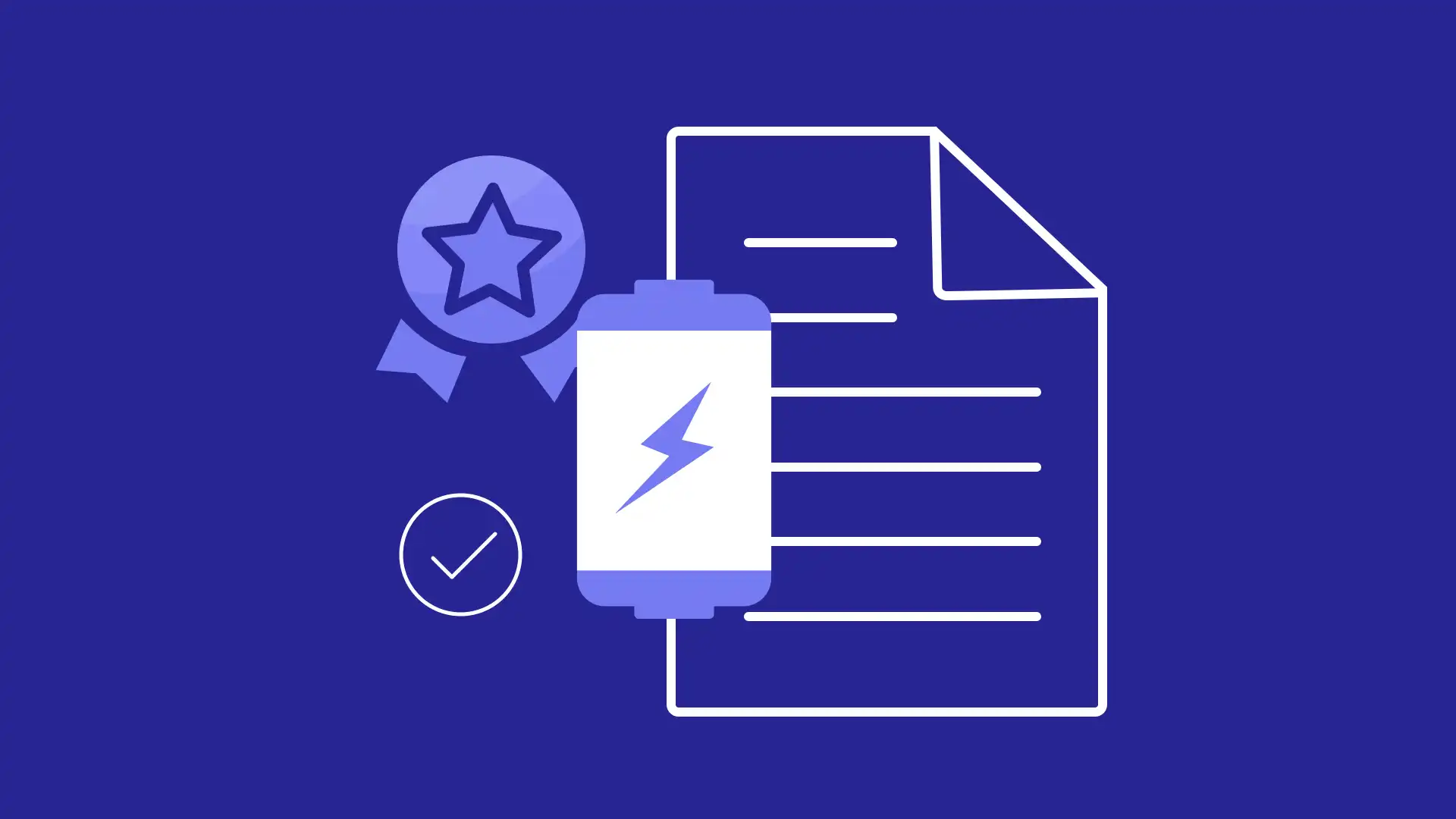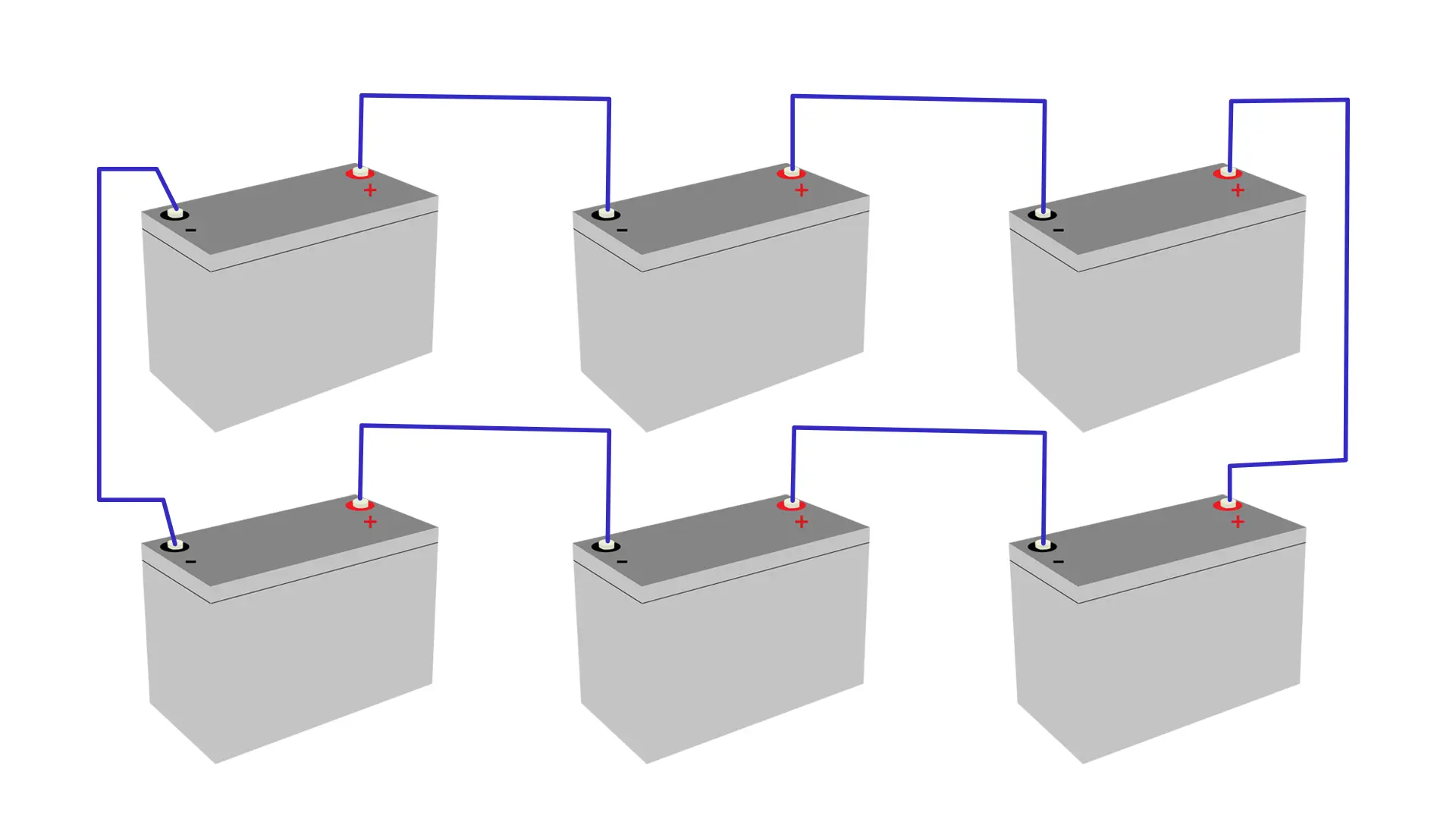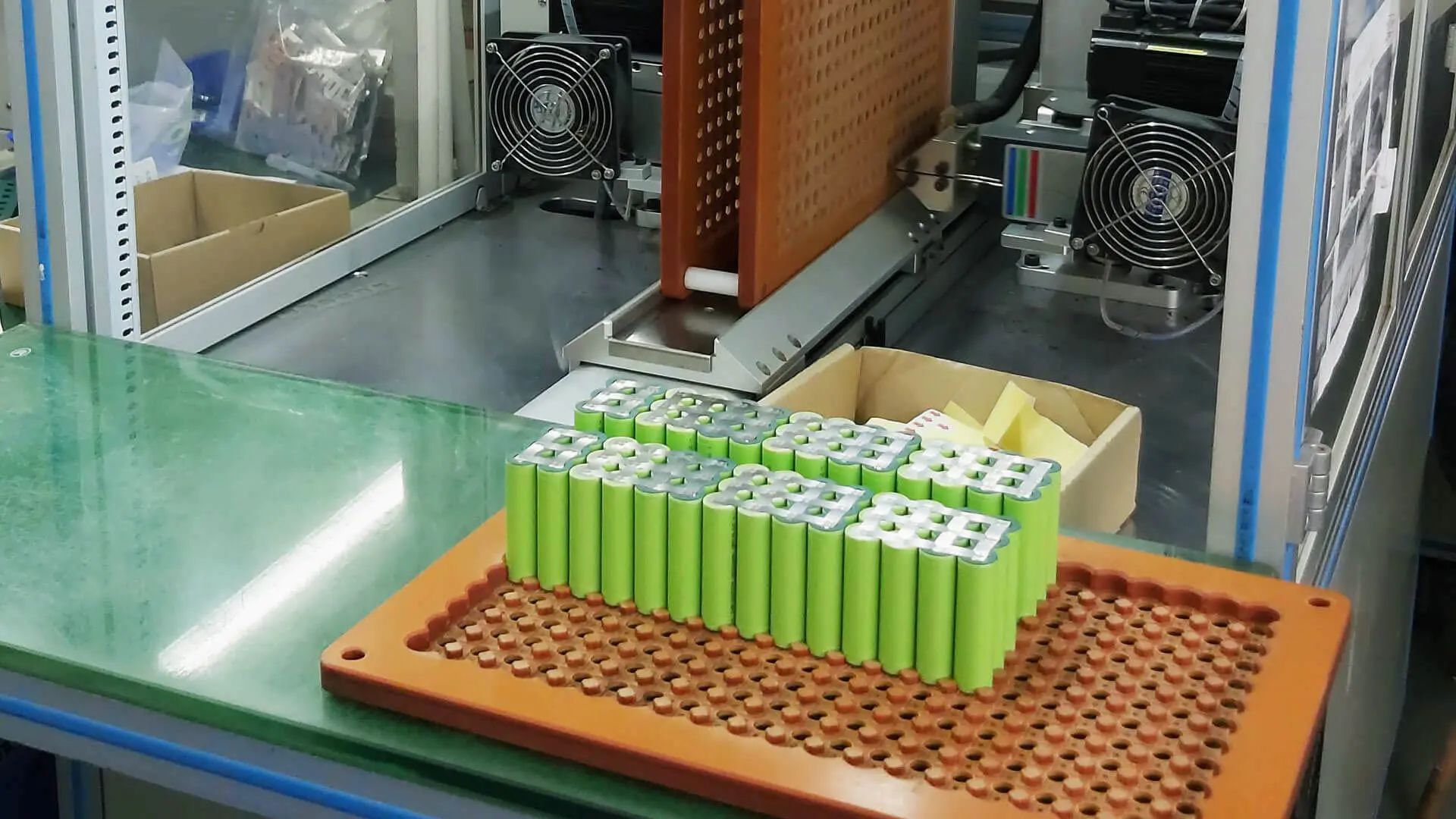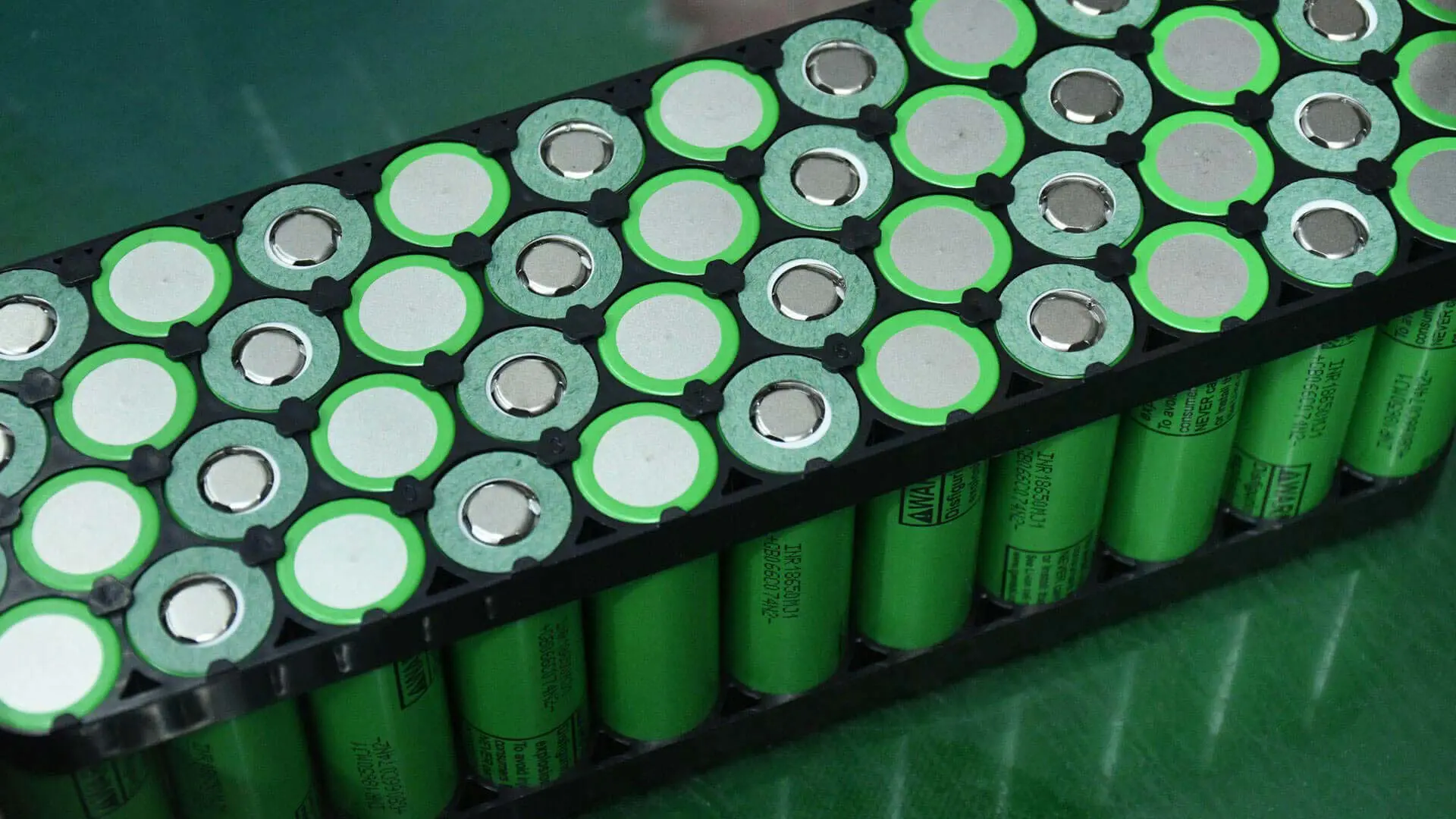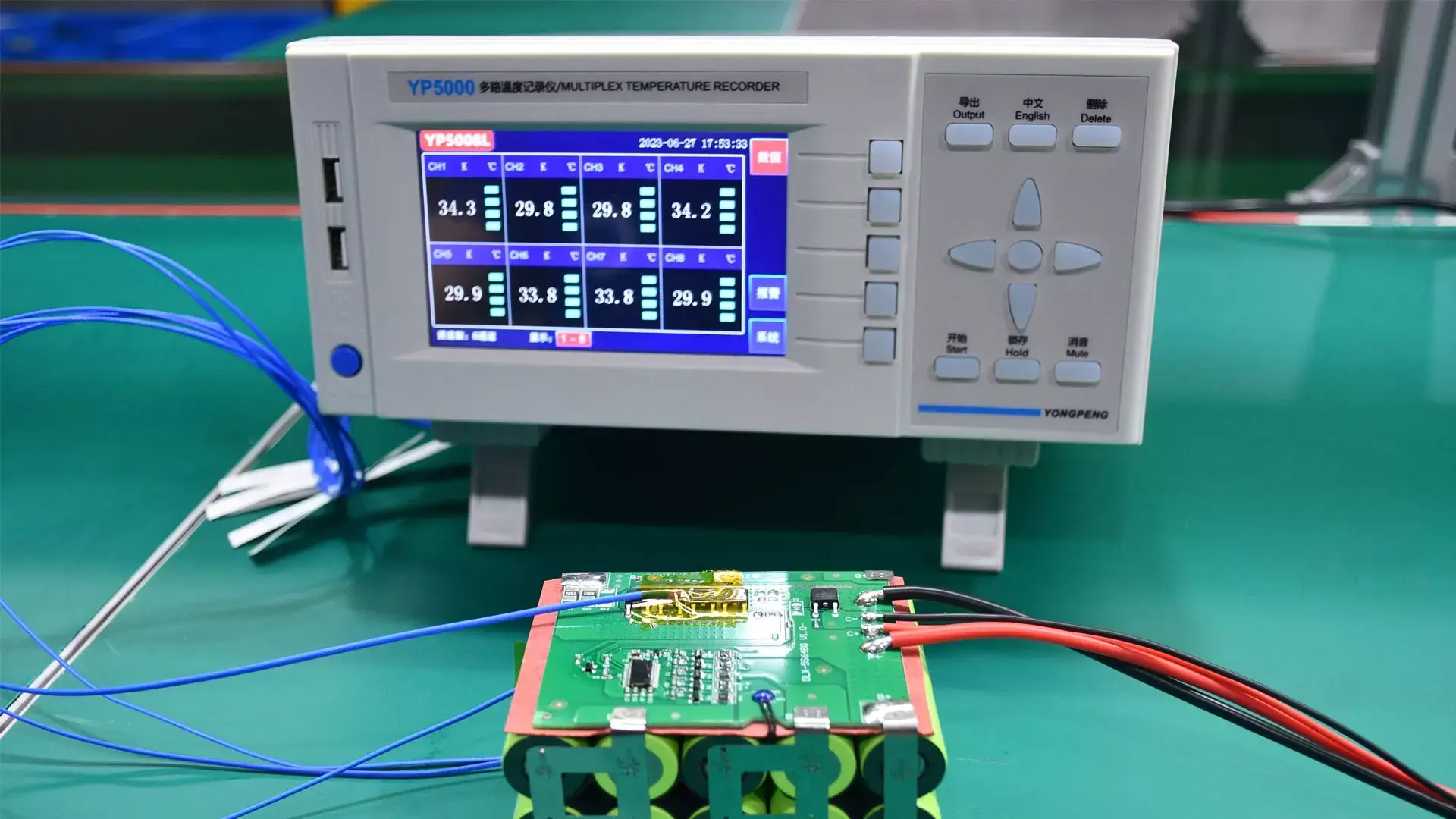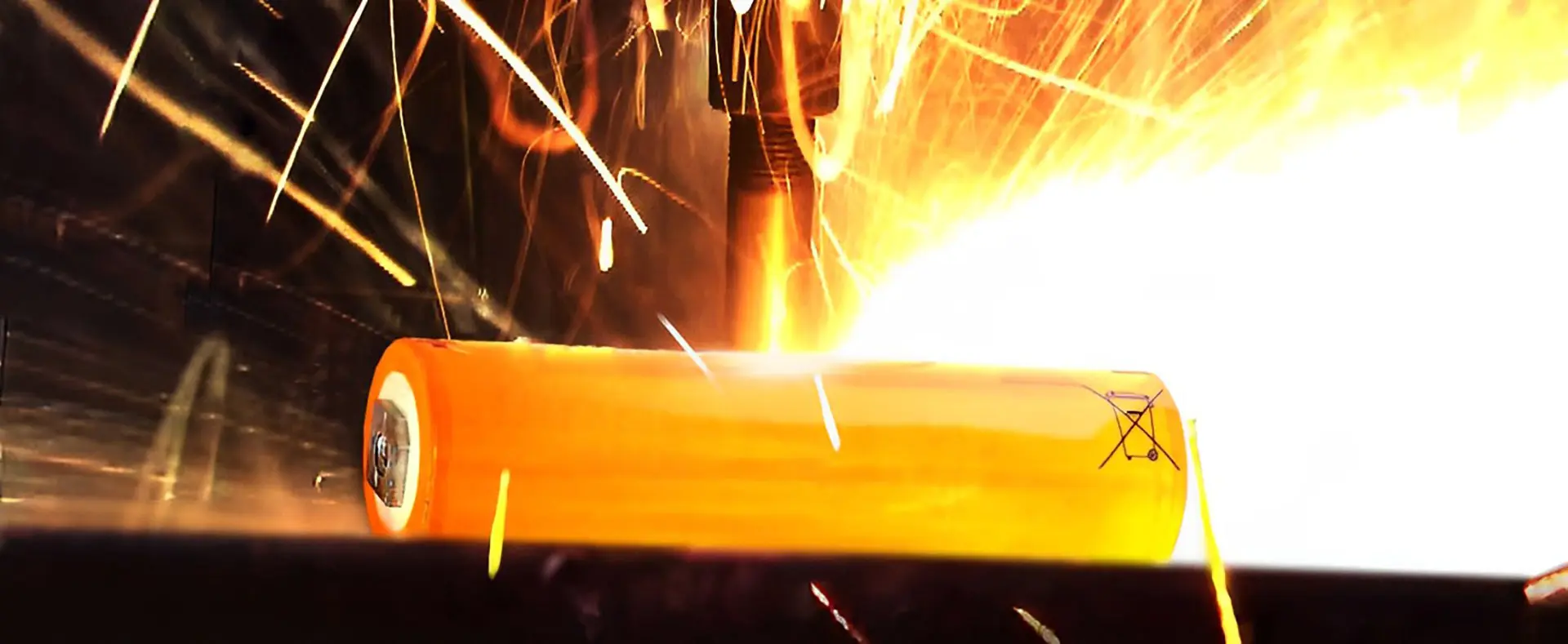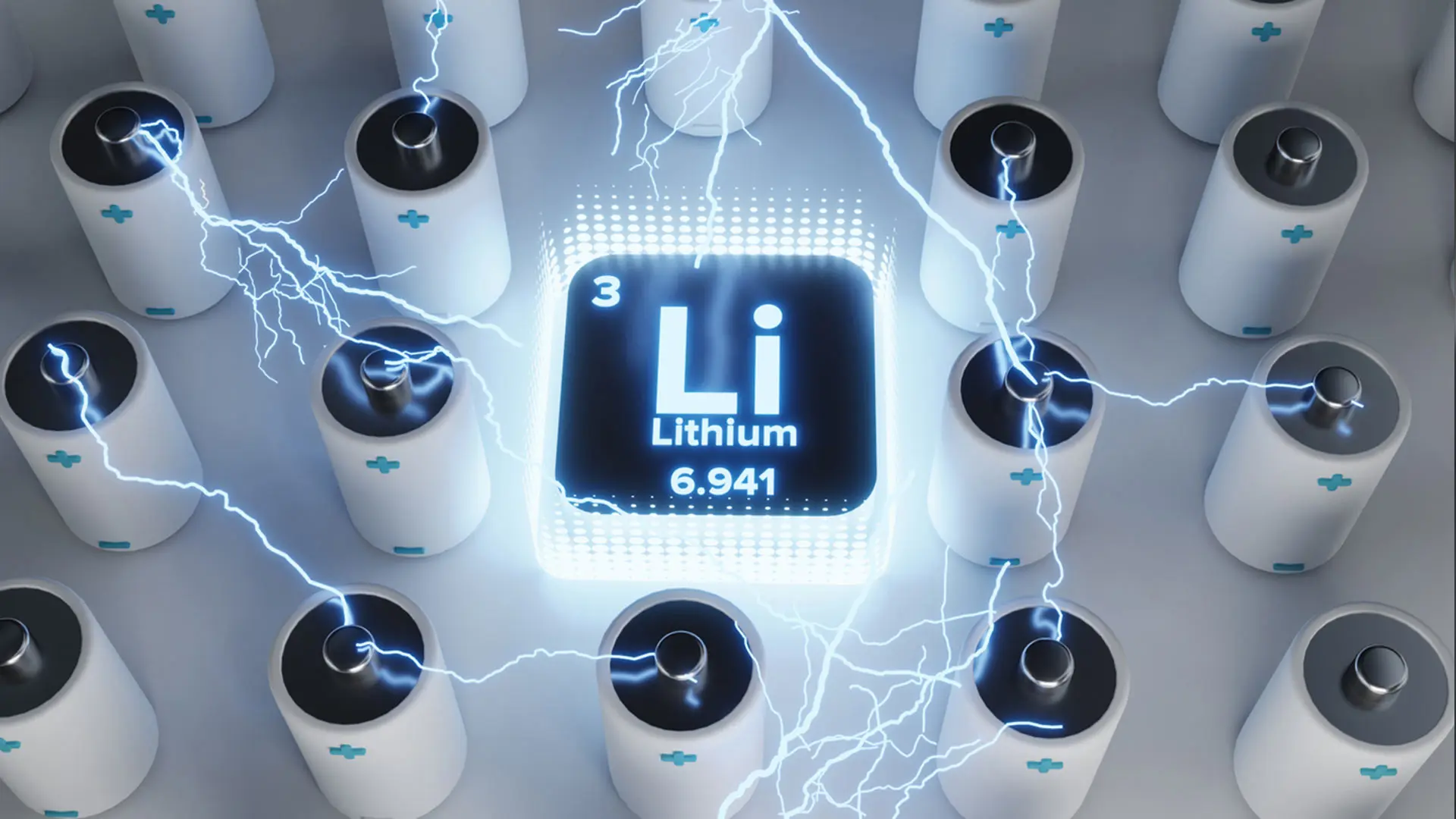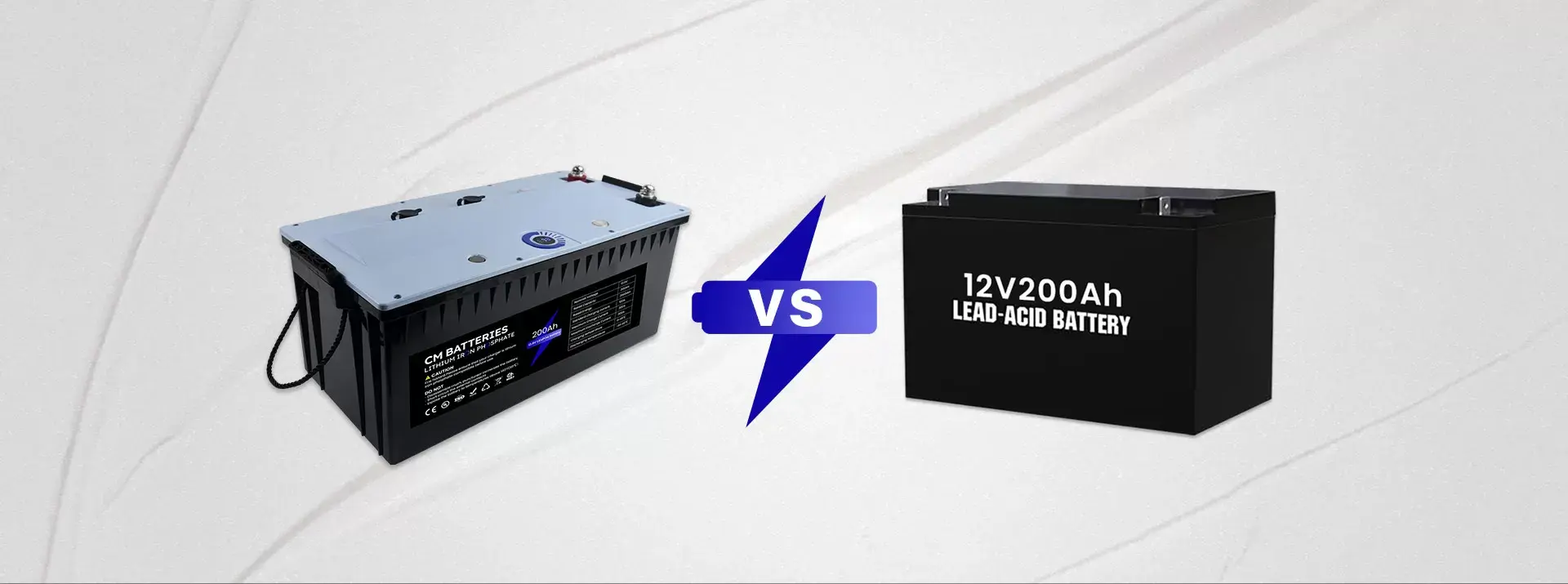Low temperatures can significantly impact lithium batteries’ performance, reducing capacity and lifespan. This article reviews the ideal temperatures for charging and discharging lithium batteries in cold weather, and the reasons standard lithium batteries don’t work as efficiently in cold temperatures. Additionally, it will provide ways to make the lithium battery life last longer in cold weather.
What is the Temperature Range of Batteries in Cold Temperatures?
Before we analyze lithium batteries in cold weather, let’s first address the temperature ranges of lithium battery cells.
- Standard lithium batteries have a discharge temperature range of -20℃ to 60℃, and a charging temperature range of 0℃ to 45℃.
- Low-temperature lithium batteries have a discharge temperature range of -40℃ to 60℃, and a charging electric temperature range of 0℃ to 45℃.
- High-temperature lithium batteries have a discharge temperature range of -20℃ to 80℃, and a charging temperature range of 0℃ to 50℃.
Below is a chart to summarize the range information of these three types of batteries. Please note: This data is generalized and may vary slightly for specific models.
| Standard lithium battery | low-temperature lithium battery | high-temperature lithium battery | |
| discharge temperature lower limit/℃ | -20 | -40 | -20 |
| discharge temperature upper limit/℃ | 60 | 60 | 80 |
| charge temperature lower limit/℃ | 0 | 0 | 0 |
| charge temperature upper limit/℃ | 45 | 45 | 50 |
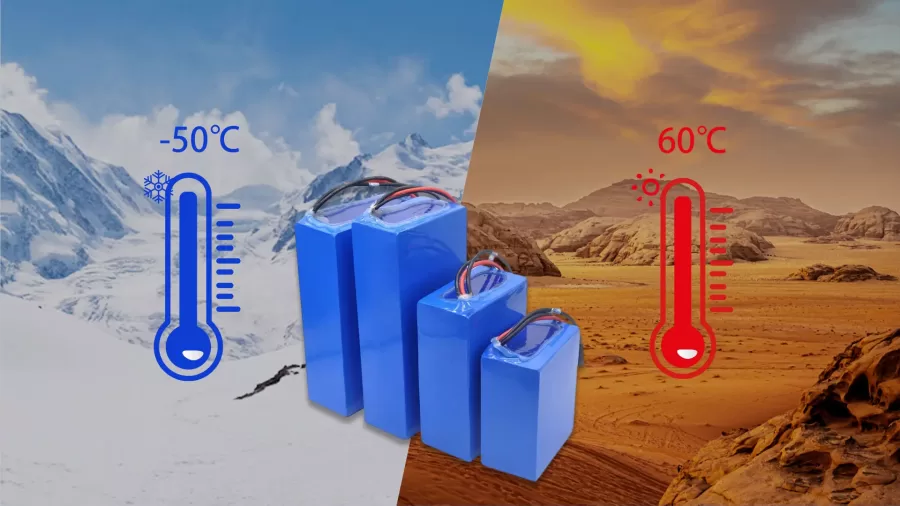
Why Lithium Batteries’ Performance Degrade in Cold Weather?
Standard lithium batteries experience a significant decrease in capacity (lower energy density) and a significant reduction in cycle life at low temperatures. Lithium battery cells perform poorly in cold temperatures for four main reasons:
- The viscosity of a battery’s electrolyte increases and conductivity decreases at low temperatures.
- The membrane impedance and charge transfer impedance at the electrolyte/electrode interface increase at low temperatures.
- At low temperatures, lithium ions move slower in the body of the battery, causing higher voltage at the electrode and less charge/discharge capacity.
- When charging in cold temperatures, lithium metal forms and sticks to the negative electrode. This can cause a chemical reaction with the electrolyte, using up a lot of electrolytes and making the SEI film thicker. As a result, the impedance of the negative electrode surface film of the battery increases. Electrode polarization rises further, which ultimately harms the cell’s low-temperature performance and poses a major threat to safety.
Because most of the issues presented by using a standard lithium battery in cold weather take place within the battery itself, they are not always easily identified or noticed by users. However, your battery’s capacity decreases faster with increased usage in colder temperatures. Additionally, charging the battery in low temperatures poses a risk of fire as a result of lithium metal piercing the battery’s protective layer.
What Lithium Battery Technology can Deal with Low Temperatures?
To mitigate the adverse effects of low temperatures on battery performance, manufacturers can employ various countermeasures at the electric core technology level:
- Electrolyte Optimization: By improving the components of a battery’s electrolyte and additives, manufacturers can get a battery to reduce resistance and conduct electricity more effectively in low temperatures.
- Material Modification: By enhancing the positive and negative electrode materials, reducing the particle size, and optimizing the microstructure, the interface and diffusion resistance of lithium ions in the active material can be reduced.
- System-Level Optimization: Manufacturers can optimize the electric core system to reduce polarization during low-temperature operations.
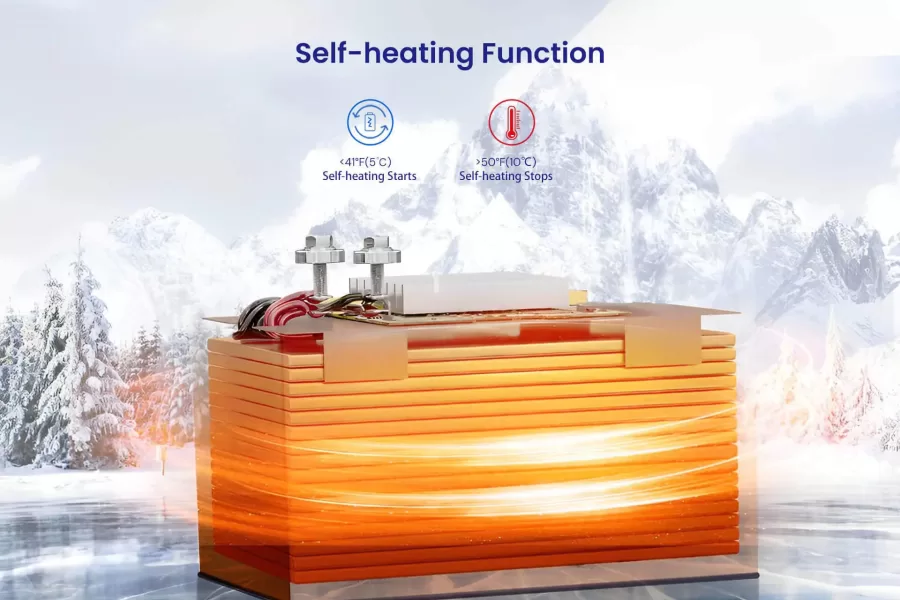
How CMB Designs Battery Pack Solutions for Cryogenic Applications?
Battery pack design and management also play a crucial role in maximizing battery performance in cold weather conditions. Consider the following strategies:
- Understanding Application Scenarios: Knowing how consumers use products helps manufacturers design custom battery packs that meet customers’ specific needs and challenges.
- Limiting Low-Temperature Charging: Implementing charging threshold limits prevents charging when temperatures fall below a specific threshold, thus avoiding safety hazards associated with low-temperature charging.
- Automatic Heating: With the help of a strategic Battery Management System (BMS) design, heating plates within the battery pack can be activated during low-temperature charging. These heating plates warm the battery cells until the temperature reaches a certain threshold, ensuring safe and efficient charging.
Understanding the impact of batteries in cold temperatures is crucial for enhancing performance and ensuring safety in extreme weather conditions. Advancements in battery technology and design can help improve battery performance, extend battery life, and reduce the negative effects of battery operation in low temperatures.
If you need efficient and safe low-temperature lithium battery packs, CM Batteries is here to help.

